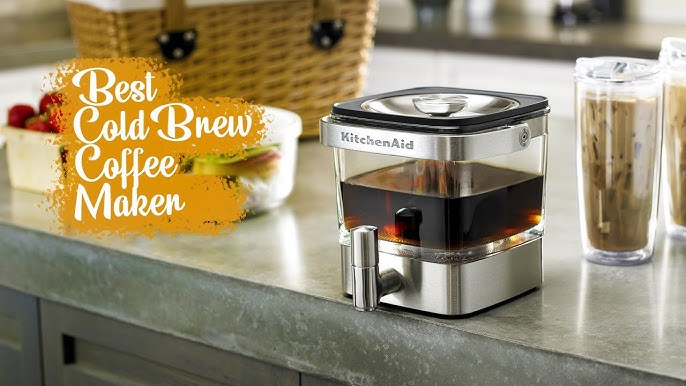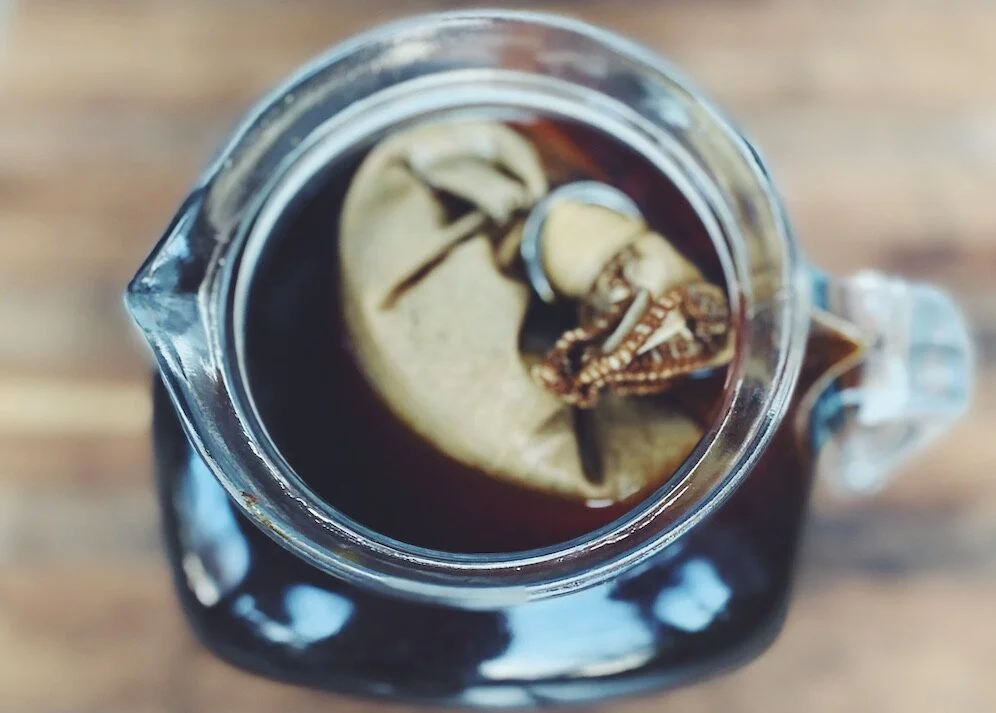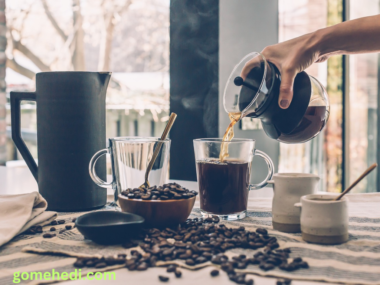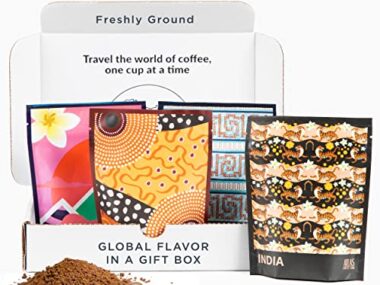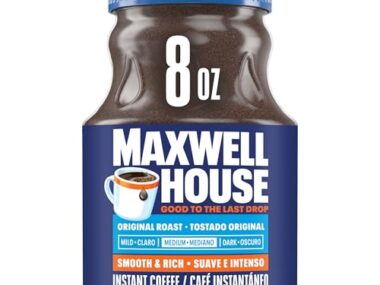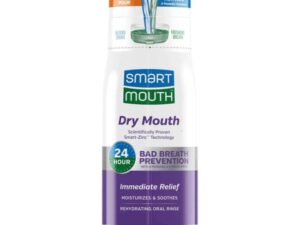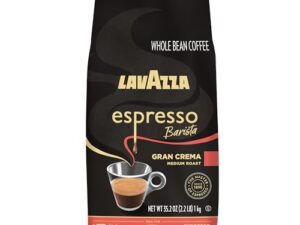Imagine sipping a glass of cold brew coffee that’s perfectly smooth and refreshing, without a hint of bitterness. Sounds amazing, right?
Whether you’re a seasoned coffee lover or just curious about this chilled delight, the type of coffee you choose can make all the difference. You might wonder, what kind of coffee is best for cold brew? You’re about to uncover the secrets that will transform your cold brew experience.
From selecting the right beans to understanding their unique flavors, every detail will enhance your next coffee adventure. Keep reading to discover how you can elevate your cold brew game and enjoy the most delicious cup yet.
Choosing Coffee Beans
Cold brew coffee is a refreshing and smooth drink. It is loved for its low acidity and rich flavors. Choosing the right coffee beans is important. The perfect beans can make your cold brew taste amazing. With the right choice, you can enjoy a delicious cup every time. Let’s explore what kind of coffee beans are best for cold brew.
Types Of Beans
There are two main types of coffee beans: Arabica and Robusta. Arabica beans are more popular. They are known for their smooth and sweet flavor. Robusta beans are stronger and more bitter. They have a higher caffeine content. Both types have their benefits for cold brew.
When choosing beans, consider these points:
-
Arabica beans are great for a mild and smooth cold brew.
-
Robusta beans add a bold and intense flavor.
-
Blended beans offer a balance of both flavors.
Arabica beans are often preferred for cold brew. They provide a gentle and pleasing taste. Robusta can be mixed with Arabica for a more complex flavor. The choice depends on personal preference. Experimenting with both can help find your perfect cup.
Roast Levels
Roast levels affect the flavor of your cold brew. Coffee beans are roasted to different degrees. These include light, medium, and dark roasts. Each roast level offers a unique taste.
Light roasts have a mild flavor. They retain more of the original bean taste. Medium roasts are balanced. They offer a mix of acidity and sweetness. Dark roasts are bold and rich. They have a deep, smoky taste.
|
Roast Level |
Characteristics |
|---|---|
|
Light |
Mild, retains original bean flavor |
|
Medium |
Balanced, sweet and acidic |
|
Dark |
Bold, rich, smoky |
For cold brew, medium roast is often preferred. It provides a smooth and balanced flavor. Dark roast is also a good choice for those who like bold coffee.
Flavor Profiles
Flavor profiles describe the taste notes in coffee. They can be fruity, nutty, chocolaty, or floral. These profiles are influenced by the bean type and roast level. A good flavor profile enhances the cold brew experience.
Consider these common profiles:
-
Fruity notes add a refreshing taste.
-
Nutty flavors provide a warm and comforting feel.
-
Chocolaty tones offer a rich and indulgent taste.
-
Floral hints give a light and delicate flavor.
Choosing the right profile depends on personal taste. Fruity and nutty flavors are popular for cold brew. They create a refreshing and smooth drink. Trying different profiles can help discover new favorites.

Credit: www.wired.com
Grind Size
Cold brew coffee has become a popular choice among coffee enthusiasts. Its smooth and mellow flavor is a refreshing treat, especially on warm days. The secret to a perfect cold brew lies in the grind size of the coffee beans. Unlike traditional brewing methods, cold brew requires a specific grind size to extract its unique taste. Understanding the benefits of different grind sizes can help in achieving the ideal cold brew experience.
Coarse Grind Benefits
Using a coarse grind is essential for cold brew coffee. The larger coffee particles allow water to flow through them more easily, which helps in extracting flavors slowly and evenly. This grind size minimizes bitterness and maximizes the natural sweetness of the coffee. Here are some benefits of using a coarse grind:
-
Reduces bitterness by preventing over-extraction.
-
Enhances sweetness and smoothness of the brew.
-
Improves clarity and purity of flavor.
A coarse grind also helps in maintaining the integrity of the coffee during the long brewing process. This means more of the natural oils and flavors are preserved, resulting in a richer and more nuanced taste. Using a coarse grind is a simple yet effective way to elevate the cold brew experience.
Impact On Flavor
The grind size has a significant impact on the flavor profile of cold brew coffee. Coarse grounds allow for a slower extraction, which helps in emphasizing the subtle notes of the coffee beans. This creates a smoother and less acidic taste compared to other brewing methods. Fine grounds, on the other hand, can lead to over-extraction, resulting in a bitter and harsh flavor.
With cold brew, the choice of grind size can highlight different aspects of the coffee. Coarse grind tends to bring out chocolate and nutty flavors, while finer grinds may accentuate more acidic and fruity notes. Understanding the impact of grind size on flavor can help in customizing the cold brew to suit personal preferences. Experimenting with different grind sizes can lead to discovering new and exciting flavors in your cold brew.
Brewing Time
Brewing time is crucial when making cold brew coffee. The grind size directly influences how long the coffee needs to steep. Coarse grounds typically require 12 to 24 hours to fully extract the flavors. This extended brewing time allows for a gentle extraction process, resulting in a smooth and mellow taste. Fine grounds, however, may need less time but can lead to a bitter taste due to over-extraction.
Here is a simple table for reference:
|
Grind Size |
Brewing Time |
|---|---|
|
Coarse |
12-24 hours |
|
Medium |
6-12 hours |
|
Fine |
4-8 hours |
Choosing the right grind size and brewing time is essential for crafting the perfect cold brew coffee. Adjusting these factors can help in achieving the desired strength and flavor of the beverage. With patience and precision, a delightful cold brew is within reach.
Brewing Techniques
Cold brew coffee is a popular choice for a refreshing drink. It’s smooth and less acidic than hot coffee. Choosing the right coffee is crucial for the best cold brew. Different brewing techniques affect flavor and strength. Understanding these techniques can help you make a perfect cold brew. Let’s explore the methods, ratios, and steeping times.
Cold Brew Methods
There are several ways to make cold brew coffee. The immersion method is the most common. Coffee grounds are soaked in cold water for a long time. The drip method uses a slow drip of cold water through coffee grounds. Both methods extract flavors slowly, resulting in a smooth taste.
Immersion Method:
-
Simple and easy.
-
Requires a jar or pitcher.
-
Steep coffee grounds in cold water.
Drip Method:
-
More complex.
-
Uses special equipment.
-
Cold water drips slowly over coffee.
Each method has its unique flavor profile. Choose based on your preference for ease or complexity.
Brewing Ratio
The coffee-to-water ratio is essential for cold brew. It affects the strength and flavor. A common ratio is 1:4, one part coffee to four parts water. This creates a concentrate, which can be diluted. Some prefer a 1:8 ratio for a lighter brew.
Common Ratios:
-
1:4 – Strong, concentrated.
-
1:8 – Light, mild.
Adjust the ratio based on taste. Experiment to find what suits you. A stronger brew can be diluted with water or milk. A lighter brew is ready to drink. Choosing the right ratio helps in achieving the desired flavor.
Steeping Time
Steeping time is critical for cold brew. It influences the taste and strength. Common steeping times range from 12 to 24 hours. Longer steeping extracts more flavors, but can become bitter. Shorter steeping results in a milder taste.
Recommended Steeping Times:Time (hours)Flavor Profile12 hoursMild, smooth18 hoursBalanced, rich24 hoursStrong, bold
Finding the right steeping time is personal. Taste as you go to find your preference. A longer steeping time may require adjustments in coffee grind or ratio. Experiment to create the perfect cold brew for your taste.
Credit: coffeesock.com
Water Quality
Cold brew coffee has become a favorite among coffee lovers worldwide. Its smooth and refreshing taste is perfect for hot summer days or any time you crave something different. The secret to a great cold brew lies not just in the type of coffee beans you use, but also in the quality of water. Water plays a crucial role in determining the taste and aroma of your cold brew. Ensuring you use the right kind of water can make all the difference between an average cup and a delightful experience.
Importance Of Clean Water
Clean water is essential for making cold brew coffee. Impurities and contaminants in water can spoil the taste of your brew. Here are some reasons why clean water is important:
-
Enhances flavor: Pure water allows the true flavor of coffee to come through.
-
Prevents bitterness: Impurities can lead to a bitter taste.
-
Health safety: Clean water ensures your brew is safe to drink.
Using filtered or bottled water can help achieve the best taste. Tap water may contain chlorine and other substances that affect flavor. Consider using a good water filter to remove unwanted elements. This small step ensures your cold brew remains pure and delicious.
Water-to-coffee Ratio
Getting the water-to-coffee ratio right is vital for a perfect cold brew. The right ratio balances flavor and strength. Here’s a simple guideline:
|
Strength |
Water-to-Coffee Ratio |
|---|---|
|
Mild |
1:12 |
|
Standard |
1:8 |
|
Strong |
1:5 |
Choosing the right ratio depends on personal preference. A standard ratio of 1:8 is commonly used for balanced flavor. For those who prefer a stronger brew, a ratio of 1:5 might be ideal. Experimenting with different ratios helps find your perfect cup.
Minerals And Flavor
Minerals in water can have a significant impact on the flavor of cold brew coffee. Some minerals enhance taste, while others might hinder it. Calcium and magnesium are minerals that can improve the flavor by bringing out the natural sweetness of coffee. On the other hand, excess minerals can lead to a harsh taste.
Understanding the mineral content of your water is important. Here are some tips:
-
Test your water’s mineral content if possible.
-
Use water with balanced mineral levels for best results.
-
Avoid water with high levels of iron or sodium.
Using water with the right mineral balance ensures a smoother and more enjoyable cold brew. This attention to detail is key to achieving the perfect coffee experience.
Serving Suggestions
Cold brew coffee is a refreshing choice for coffee lovers. Picking the right coffee can make all the difference. The best coffee for cold brew usually has a strong, bold flavor. Coarse ground coffee is ideal, as it extracts slowly and reduces bitterness. But what about serving it? There are several ways to enhance your cold brew experience. Let’s explore some serving suggestions to elevate your cold brew game.
Dilution Options
Cold brew is often brewed as a concentrate. This means it can be strong. Diluting your cold brew is essential for the right taste balance. Here are some options:
-
Water: The simplest way to dilute. Mix equal parts of cold brew and water.
-
Milk or Cream: Add a creamy texture. Use whole milk or cream for richness.
-
Ice: Serve over ice cubes. As they melt, they dilute the brew.
Choosing the right dilution depends on personal preference. Some prefer a stronger taste, while others like it mild. Experimenting with different dilutions can help find your perfect mix. Adjusting the ratio of cold brew to diluting agent can also affect the flavor profile. Starting with a 1:1 ratio is a good baseline. Then, adjust according to taste.
Flavor Additions
Adding flavors can enhance the cold brew experience. Simple syrup is a popular choice. It sweetens without altering the texture. Vanilla or caramel syrup can also add depth. For a more natural approach, consider these:
-
Cinnamon Sticks: Infuse a warm, spicy note.
-
Citrus Peels: Add a zesty twist with lemon or orange peels.
-
Herbs: Mint or basil can offer a refreshing change.
Crafting a flavored cold brew is about personal taste. Mixing and matching different flavors can lead to unique combinations. It’s important to start with small amounts. Then, gradually increase until the desired taste is reached. Balancing flavors ensures the coffee remains the star of the drink.
Presentation Tips
Presentation plays a role in the enjoyment of cold brew. Using a clear glass showcases the coffee’s rich color. Adding garnishes can make it visually appealing. Here are some ideas:
-
Fresh Mint Leaves: Adds a pop of color and aroma.
-
Citrus Slices: Lemon or orange slices for a refreshing look.
-
Chocolate Shavings: For a touch of indulgence.
Choosing the right glass can also enhance the experience. A tall glass or mason jar gives a rustic feel. Layering ingredients can create a beautiful visual effect. For example, pouring cream slowly over the cold brew can create a marbled look. Paying attention to presentation can elevate a simple cold brew into a delightful treat.
:max_bytes(150000):strip_icc()/gradient-no_drop-c4b337552412452c88624022a9a8d6cd.png)
Credit: www.allrecipes.com
Frequently Asked Questions
What Types Of Coffee Are Best For Cold Brew?
Medium to coarse ground coffee works best for cold brew. Opt for medium or dark roast beans for richer flavor. Single-origin coffees enhance unique taste profiles. Arabica beans are preferred for their smooth and sweet notes. Experiment with blends for personalized flavor.
Is Pre-ground Coffee Good For Cold Brew?
Pre-ground coffee can be used for cold brew, but freshly ground coffee is better. Freshly ground coffee offers richer flavors and improved extraction. Pre-ground coffee may lead to a less vibrant taste. For optimal results, choose coarsely ground coffee and adjust the steeping time to suit your taste preferences.
Can I Use Fine Ground Coffee For Cold Brew?
Yes, you can use fine ground coffee for cold brew, but it’s not recommended. Fine grounds can lead to over-extraction, resulting in a bitter taste. Coarse grounds are better suited for cold brew as they ensure a smoother flavor and easier filtration.
Can You Make Cold Brew With Any Type Of Coffee?
Yes, you can make cold brew with any type of coffee. Choose your favorite beans for a customized flavor. Coarse grind is ideal for smooth extraction. Experiment with different roasts and blends to find your perfect taste. Adjust brewing time for desired strength.
Enjoy a refreshing, personalized cold brew experience.
Conclusion
Choosing the right coffee makes cold brew better. Different beans offer unique flavors. Experiment with light, medium, or dark roast. Each brings its own taste. Freshly ground coffee is best. It enhances the brew’s richness. Always opt for quality beans.
They ensure a smooth and delicious drink. Remember, cold brew takes time. Patience pays off with great taste. Enjoy exploring different blends. Find what suits your palate. Cold brew is a refreshing treat. Perfect for any time of the year.
